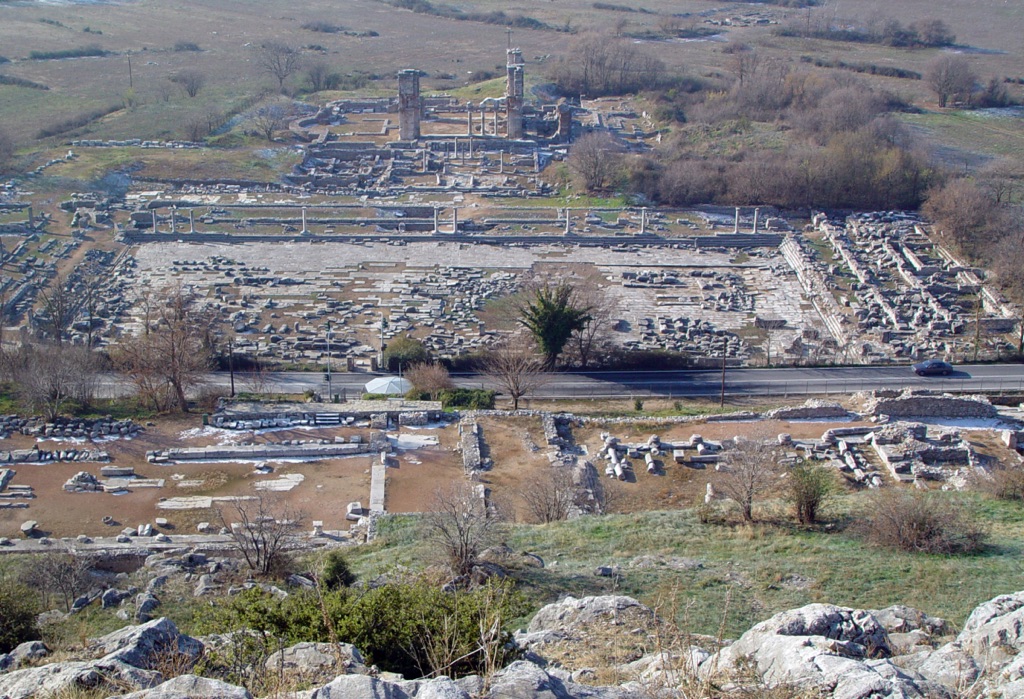Summary
A Glimpse into Philippi’s Rich History
Philippi, a testament to ancient Greek ingenuity, beckons history enthusiasts and casual visitors alike. Found in the Eastern Macedonia region of Greece, this archaeological marvel once showcased the apex of Hellenistic politics and culture. Its illustrious past includes the famous Battle of Philippi, where Octavian and Mark Antony clashed with the assassins of Julius Caesar. Founded by King Philip II of Macedon, Alexander the Great’s father, the city wielded significant influence in its heyday. Its extensive ruins, including a theater, forum, and numerous churches, provide a tangible link to the past. They whisper tales of its time as a bustling center of the Roman empire, later fading into a quiet Byzantine township.
Get your dose of History via Email
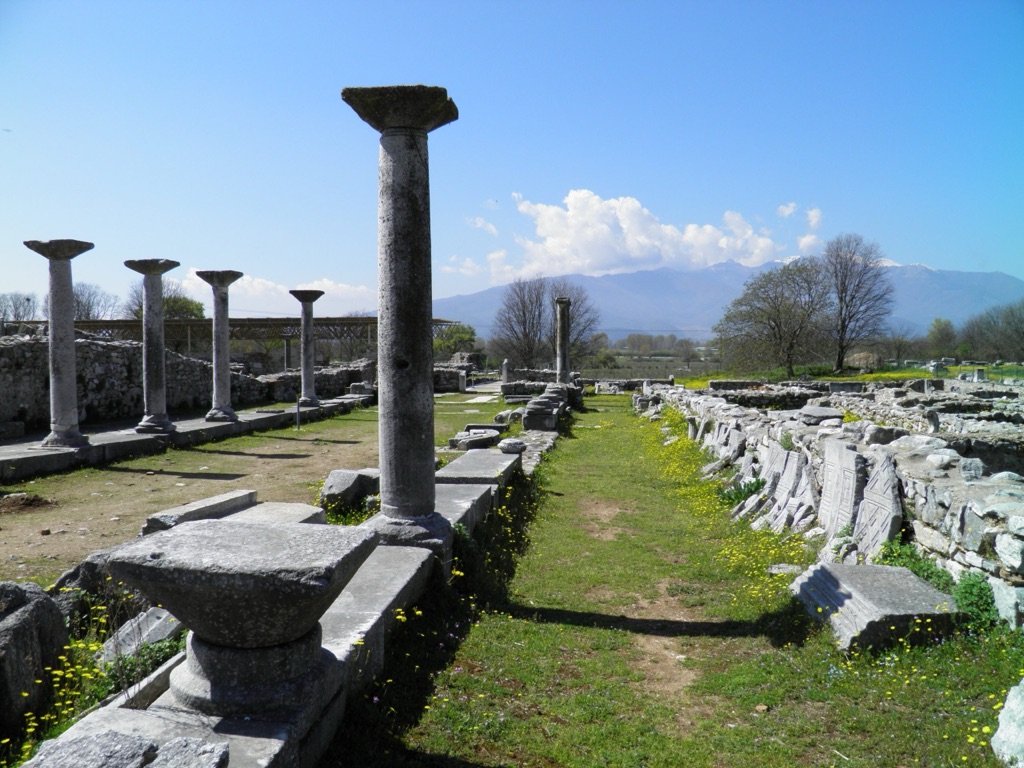
Archaeological Significance and Preservation
Philippi stands proud as a UNESCO World Heritage Site, recognized for its invaluable contribution to understanding ancient Greek and Roman history. The site boasts remarkable preservation and restoration efforts, allowing visitors to walk the lanes once trodden by historical figures. The ancient theater still hosts performances, breathing life into classic tales under the stars. Meanwhile, the ruins of the city’s acropolis, temples, and public baths impress with their architectural sophistication. Such efforts ensure Philippi remains not just a focal point of historical studies, but also a vibrant slice of history that continues to educate and enchant its admirers.
Cultural and Educational Impact
The legacy of Philippi extends far beyond its physical borders. It has become a crucial site for educational programs, engaging the young and old with its rich tales. Historical re-enactments, guided tours, and interactive displays make the ancient city accessible to a global audience. Philippi’s influence also branches into the realm of art and philosophy, its past residents having contributed significantly to the collective knowledge of ancient civilizations. Schools and universities across the world draw on Philippi’s history for lessons in politics, theater, and urban planning, underlining the city’s unyielding relevance across the ages.
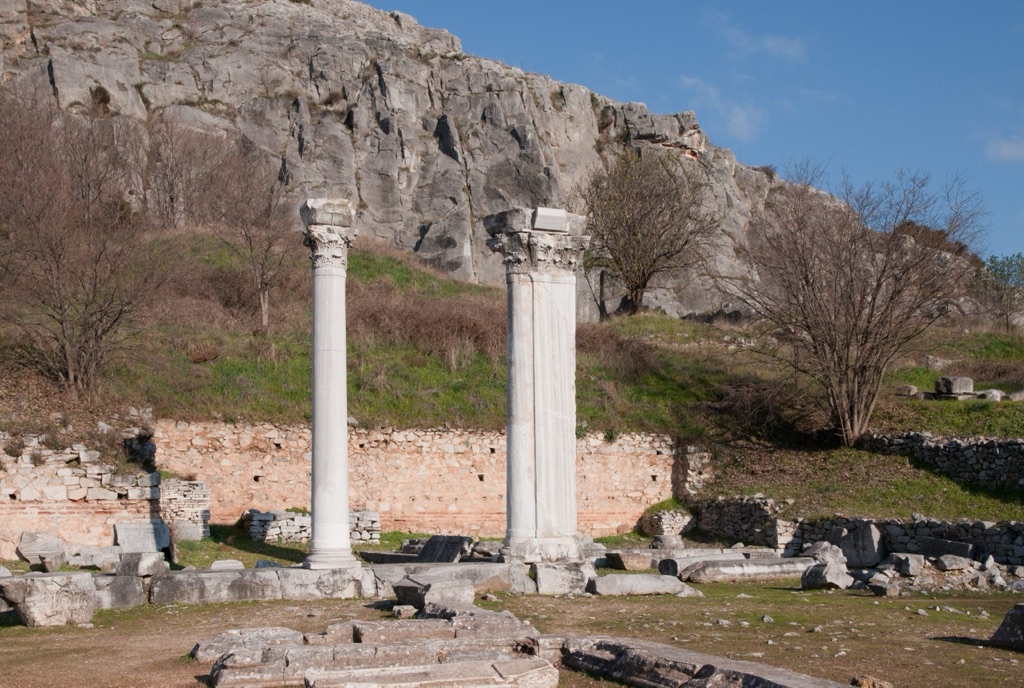
Historical Background of Philippi – The Greek City
Foundation by King Philip II
The ancient city of Philippi, nestled in the heart of Macedonia, Greece, began its story in 356 BC. King Philip II of Macedon, father to the legendary Alexander the Great, founded the city. He named it after himself, marking it as a symbol of his reign. The city sat strategically atop the fertile plains near the Aegean Sea. This location helped Philippi evolve into a significant urban center of the ancient world. The city thrived on the abundant local resources. These included gold mines, which substantially bolstered its economy and prominence across the region.
Battle of Philippi: A Turning Point
The city holds a memorable place in history due to the pivotal Battle of Philippi in 42 BC. In this conflict, the forces of Julius Caesar’s assassins, Brutus and Cassius, met defeat. They clashed with the armies of Mark Antony and Octavian, Caesar’s successors. This historic battle not only marked a significant shift in Roman politics but also paved the way for the end of the Roman Republic. Afterward, Philippi enjoyed prosperity under the empire. It became known as ‘Colonia Victrix Philippensium’. The city honored Rome’s victory and served as a miniature of Roman urbanism in the east.
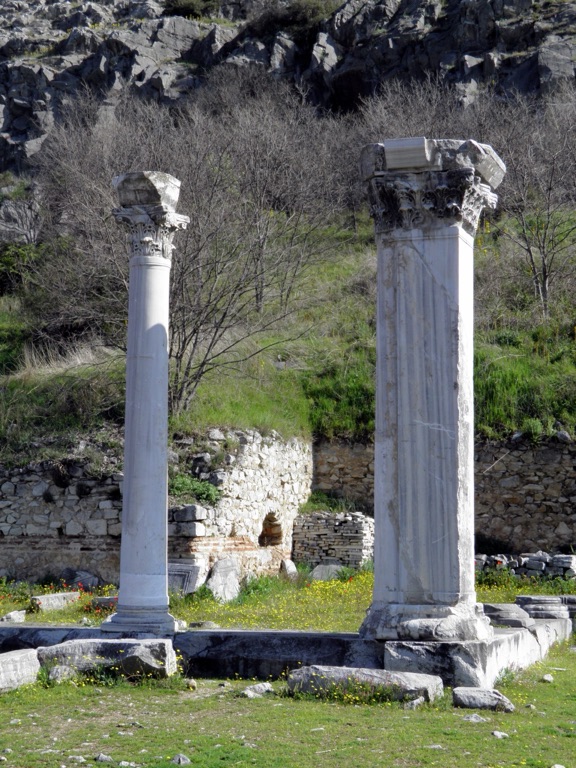
Philippi’s Religious Influence
The city also cemented its status in Christian history when Apostle Paul visited in the first century AD. His arrival in Philippi and the subsequent founding of the first Christian church on European soil represent pivotal moments in religious history. The Epistle to the Philippians, part of the New Testament, was a letter Paul wrote to the Christian community in Philippi. Throughout the Byzantine era, the city remained an important center of Christianity, evident from the early Christian ruins still present today.
Archaeological Treasure Trove
Today, the ancient city’s extensive ruins continue to captivate and educate. The remains of Philippi include a well-preserved theater, intricate mosaics, and formidable city walls. In particular, the Octagon Church, with its unique architecture, represents a period when Christianity was flourishing in the region. These ruins reflect the city’s evolving character from Hellenistic to Roman and then to a Christian stronghold. They draw visitors from around the globe, making Philippi an archeological jewel. The site sheds light on the socio-cultural dynamics of an era that shaped Western Civilization.
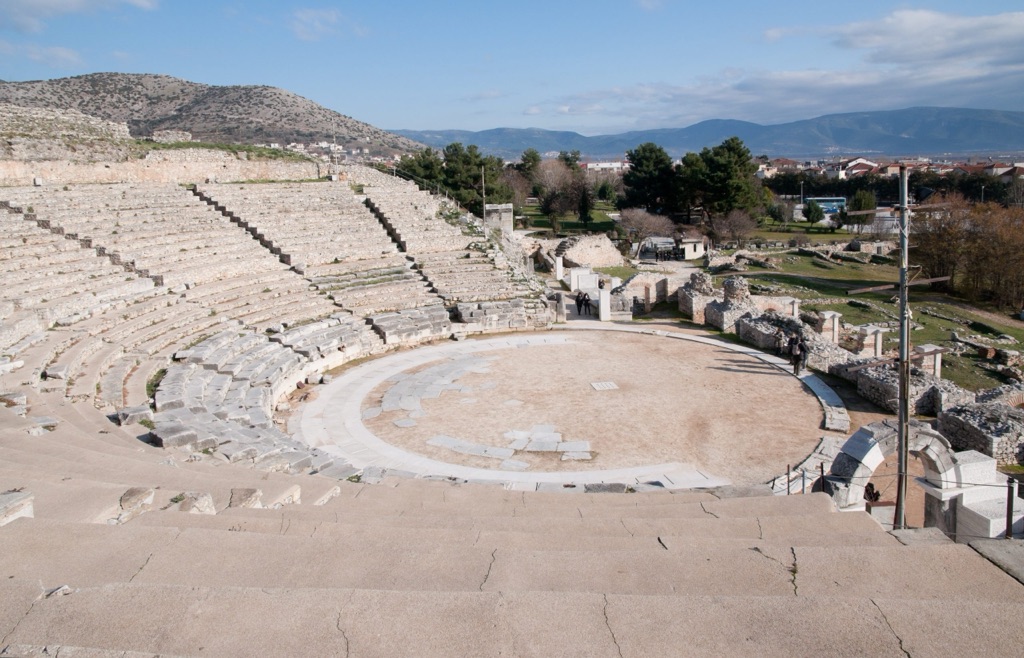
Cultural Legacy and Modern Recognition
Recognizing its vast historical significance, UNESCO declared Philippi a World Heritage Site in 2016. This honor underscores the city’s enduring legacy and its contribution to history and culture. Today, Philippi remains a live classroom for archeologists and historians. Meanwhile, it also serves as an inspiration for artists and writers who delve into its dramatic past. Its ancient stones and pathways speak volumes of history, showcasing an era of triumphs and transformations that continue to resonate in the present.
The Discovery of Philippi – The Greek City
Unveiling the Ancient Site
Philippi’s rediscovery in the 19th century marked a resurgence of interest in classical civilizations. During a period where European scholars and explorers excavated ancient ruins, the city’s complex was slowly brought to light. Initially obscured by time and nature, its remains required rigorous effort and scholarly dedication to be properly understood. Archaeologists painstakingly uncovered layers of history, revealing the city’s former grandeur. As a result, Philippi began to draw intrigue from around the world, offering a peek into the ancient past.
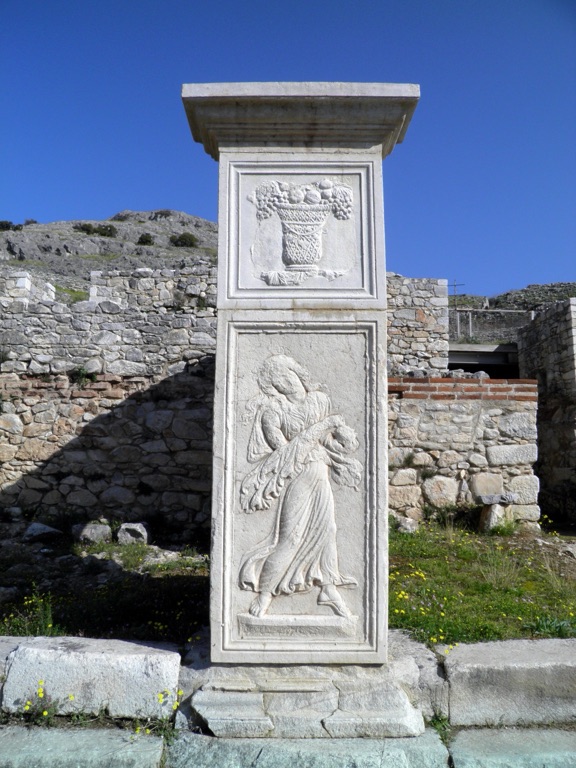
Contributions of French Archaeologists
French archaeologists led pivotal excavations in the early 20th century, further demystifying the city. They mapped out the city’s extensive remnants: the forum, basilicas, and the theater, among others. Their documentation proved crucial, linking the site to significant historical events. Their findings, which included inscriptions and coins, supported the identification of the site with the ancient city of Philippi. This way, the historical tapestry of the region gained clarity and detail through their meticulous work.
The Site’s Connection to Apostle Paul
Religious historians found deep significance in the site as writer Luke’s account in Acts matched the physical evidence. The ‘Via Egnatia,’ an ancient road excavated at Philippi, connected Apostle Paul’s journeys in the scripture. This alignment allowed religious scholars to gain a keener understanding of the early Christian era. Digging through the remains not only validated historical texts but also illustrated the spread of Christianity through the Roman Empire.
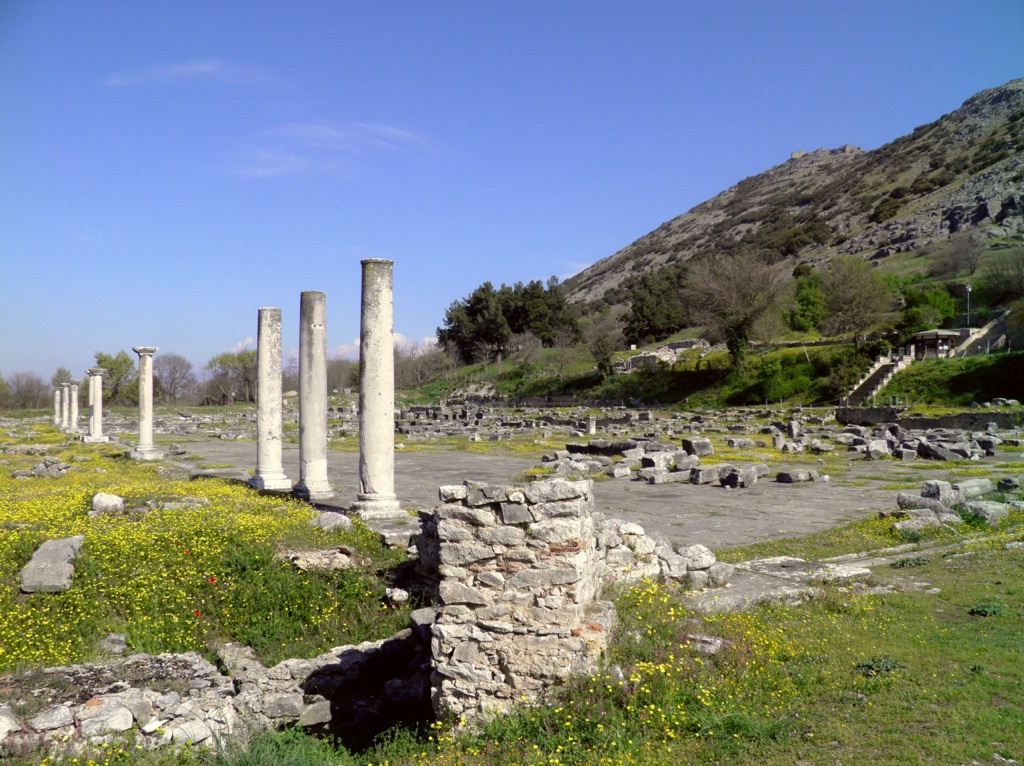
Later Excavations and Revelations
Successive excavations throughout the 20th and into the 21st century have continued to enrich the knowledge base. The discovery of early Christian buildings linked Philippi to pivotal religious transformations. These explorations cast light on the city’s role post-classical era, contributing to the broader historical narrative of the region. Researchers working on the site thus contribute to an ever-evolving understanding of Philippi’s place in history. Moreover, the area serves as a historical bind, uniting various eras through a singular geographic point.
Philippi Today: A Cultural Hub
Today, the previously lost city of Philippi stands as a testament to human history and endeavor. It connects the past to the present, inviting onlookers to walk the paths once traveled by ancient civilizations. Through continued archaeological work, Philippi remains a hub for historical and cultural studies. It provides invaluable insights into Hellenistic, Roman, and early Christian lifestyles, confirming its status as an indispensable piece of our world’s historical puzzle.
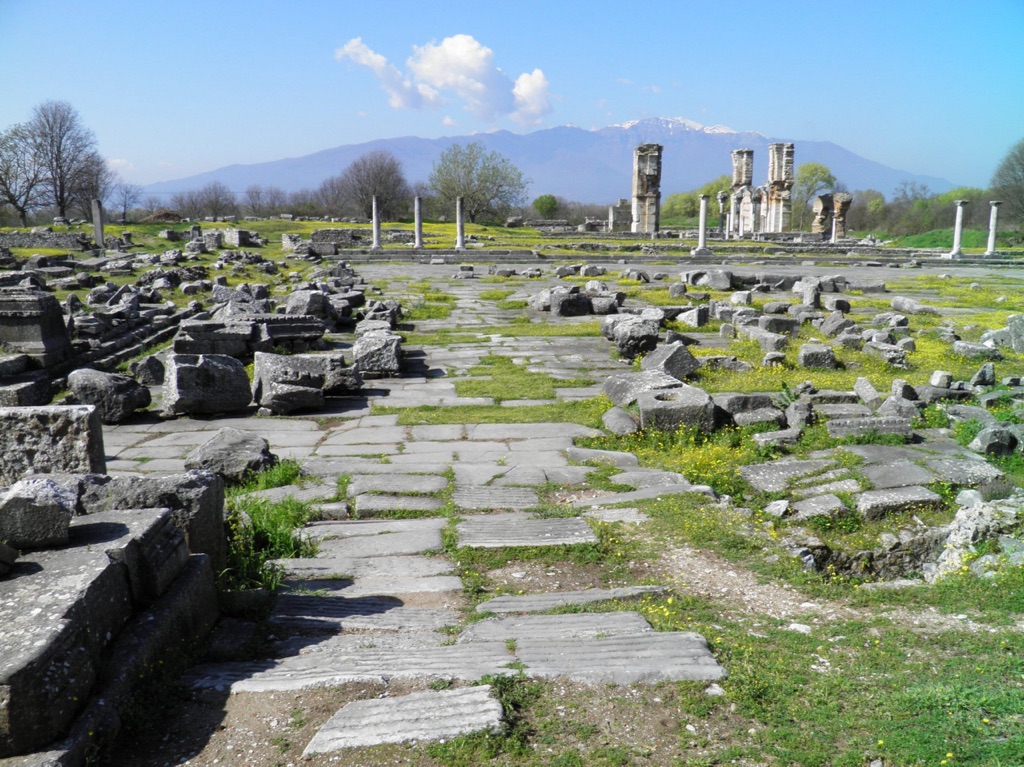
Cultural Significance, Dating methods, Theories and Interpretations
The Heart of Macedonian Culture and Power
Philippi’s remarkable influence within ancient Greece harkens back to its strategic political and economic roots. The city’s cultural significance is largely tied to its founding by King Philip II and later, the Roman Empire’s firm influence. Graced with theaters, public spaces, and religious sites, Philippi became a melting pot of Hellenistic and Roman ways of life. This ancient urban nexus thus showcases the blending of cultures that occurred as empires expanded and power dynamics shifted, providing a unique cultural landscape for scholars to study.
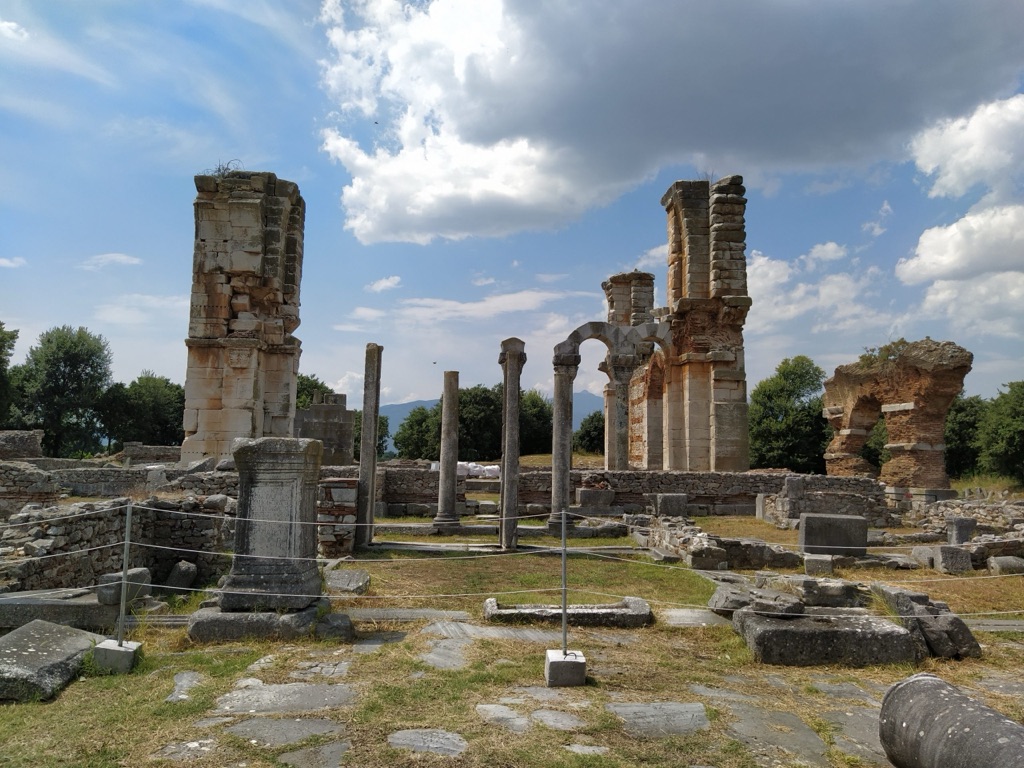
Dating Philippi Through Archaeological Science
Unraveling Philippi’s timeline has been possible due to advanced dating methods. Techniques like stratigraphy and radiocarbon dating provide accurate age estimates for artifacts and ruins. Meanwhile, thermoluminescence testing illuminates the history of Philippi’s pottery and bricks. Numismatics, the study of coins, also plays a role, offering both dating and economic insights. These methods combined allow archaeologists to construct a reliable chronological framework, crucial for understanding Philippi’s historical phases and their relation to wider historical events.
Debated Theories and Academic Controversy
Not all aspects of Philippi’s history are set in stone. Some aspects, such as the purpose of specific buildings or the extent of the city’s influence, are still under debate. Scholars propose various theories based on available evidence, which include ancient texts, inscriptions, and architectural studies. However, the interpretations of these findings can differ, showcasing the dynamic nature of historical study. These academic discussions enrich our understanding by presenting multiple perspectives on Philippi’s past.
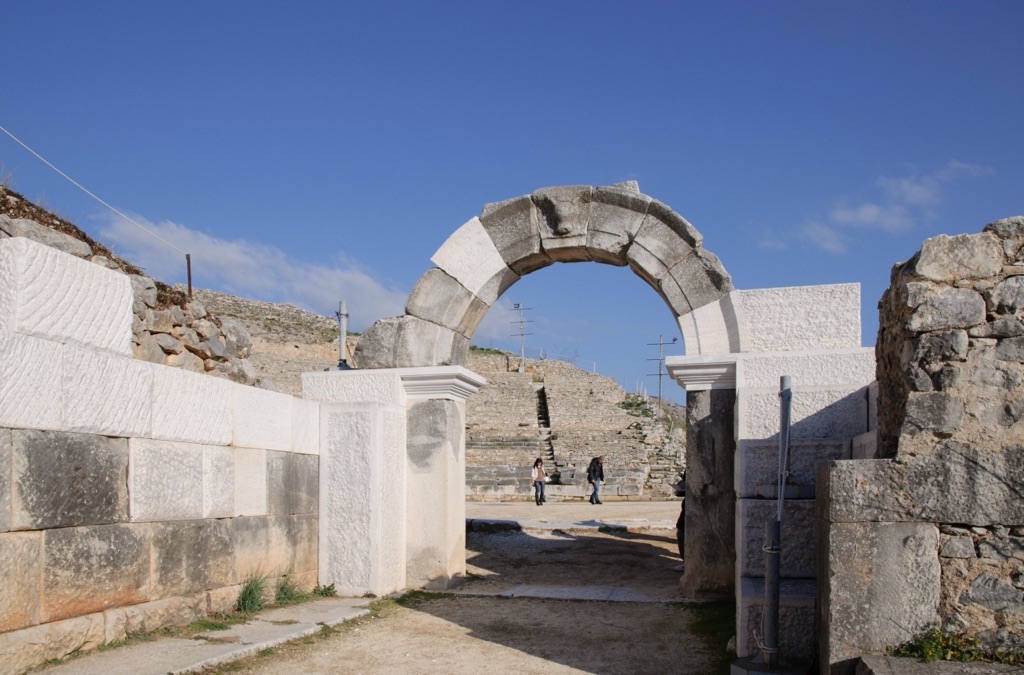
Interpreting Philippi’s Societal Structure
The meticulous examination of residential areas and public spaces provides a glimpse into the societal fabric of ancient Philippi. The deciphering of social stratification, urban planning, and daily life in Philippi is pivotal. It sheds light on class divisions, political structures, and even dietary habits. By interpreting the layout and utilitarian aspects of the city, historians theorize about the quality of life and social systems that were unique to this historical site.
Philippi’s Spiritual Legacy
Philippi’s standing in the Christian world adds a profound spiritual layer to its historical relevance. The city’s transformation from a Pagan stronghold to a Christian center is evident in its religious architecture and art. These sites provide a tangible connection to the beginnings of Christianity in Europe. Investigating these relics allows theologians to trace the development of religious practices and beliefs, marking Philippi as an essential touchstone for sacred history.
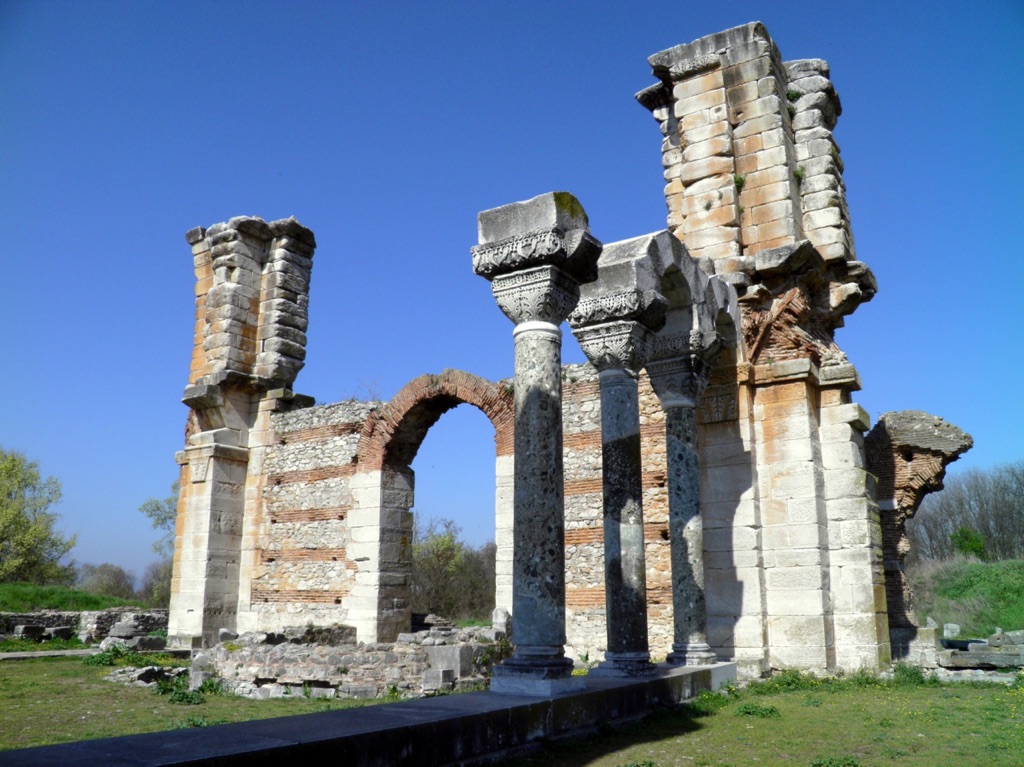
Conclusion and Sources
In the grand tapestry of human history, Philippi stands as a city that has witnessed a confluence of cultures, significant political shifts, and religious transformations. From its foundation by King Philip II through its significance in the Roman era, and its importance in early Christianity, Philippi embodies the diverse layers of ancient history. While further research and debate continue to enrich our understanding, the unearthed ruins serve as a constant reminder of the city’s importance throughout the ages. The discovery, excavations, and ongoing studies of Philippi offer invaluable insights into the cultural and societal structures of past civilizations, bridging historical narratives with present-day inquiries.
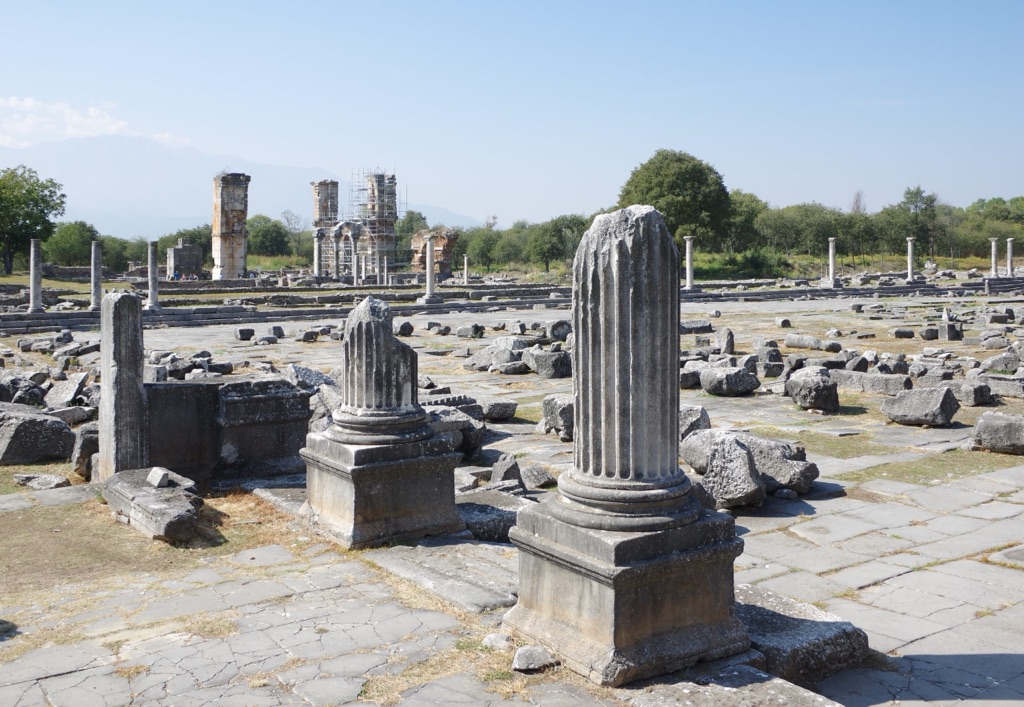
For further reading and to validate the information presented in this article, the following sources are recommended:
Or you can check any of these reputable archaeological and historical texts:
Besnard, P., & Papadopoulos, J. K. (2007). ‘Philippi at the Time of Paul and after His Visit: Archaeological and Literary Studies’ in ‘Aegean Archaeology’, Vol. 8, pp 5-29.
Fouilles de Phillipe. (2016). ‘Philippi: From Roman Colony to Early Christian Centre’ in ‘Promotion de Etudes Classiques’, Vol. 4, pp 45-60.
Johnson, S. F. (2010). ‘The Oxford Handbook of Late Antiquity.’ Oxford University Press, pp 532-555.
Wiseman, J. (2009). ‘Philippi: Historical Topography and Prehistoric Settlements’, Thessaloniki: University Studio Press.
Zanker, P. (1998). ‘The Power of Images in the Age of Augustus’, Michigan: University of Michigan Press, pp 210-230.

